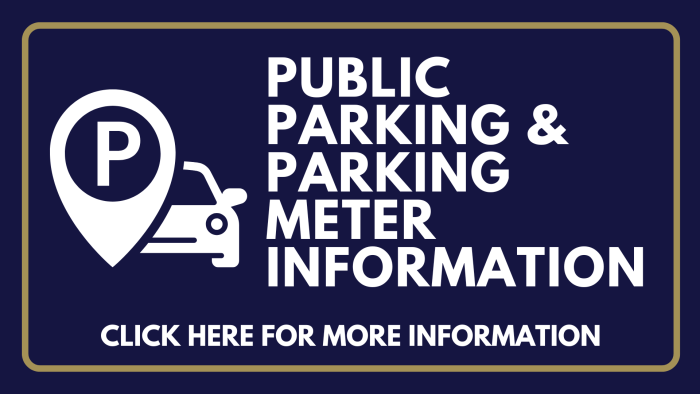Sewer Clogged:
Dealing with a clogged sewer can be frustrating, but it’s important to understand that trees are not the root cause of the problem—pun intended. Contrary to popular belief, tree roots typically invade sewer lines only when there are existing cracks or leaks due to factors like settlement, aging, or dried joints. Tree roots are simply attracted to the water and nutrients present in these damaged lines.
So, how do you address a root-clogged sewer? According to Paul Mitchell, an extension ornamental horticulturist at Oklahoma State University, treating the line with Copper Sulfate can be effective. Copper Sulfate targets and kills the roots that it comes into contact with, without harming the entire tree or shrub.
To use Copper Sulfate effectively, follow the instructions on the product label carefully. It’s crucial to administer it through the toilet bowl to avoid damaging metal drains and plumbing fixtures. Applying Copper Sulfate once in the spring and once in the fall can help prevent future clogs. However, it’s important to note that while this method may temporarily alleviate the issue, the underlying problem—a leaking sewer pipe—still needs to be addressed.
In cases where tree removal is considered, it’s essential to recognize that cutting down a tree may only temporarily stop clogging if the right tree is selected. The leak in the sewer pipe will persist until it is properly replaced. Jamestown has a policy that removes a tree only if it is necessary to repair a leaking sewer. Using Copper Sulfate can be a cost-effective way to delay the expense of replacing a failing sewer pipe.
Copper Sulfate is readily available at many local hardware stores and some garden supply centers.
Tree/Sidewalk Conflicts:
“Tree roots do not cause sidewalk problems,” asserts well-known urban forester Steve Sandfort of Cincinnati. While he acknowledges that roots may occasionally lift or crack sidewalks, he attributes most issues to soil conditions and poor construction techniques.
In Jamestown, a policy is in place to remove lifted sidewalk blocks that pose a “trip hazard” and replace them with asphalt. This approach avoids the costly alternatives of cutting tree roots (which can harm tree health) or pouring new concrete, only to have it lift again in a few years. By matching trees to sites based on their projected size at maturity and available growing space, this strategy aims to control costs for property owners.
However, Sandfort suggests that alternative methods could lead to a better future. He has utilized USDA Soil Conservation Service maps and careful observation to discover that areas with soils prone to high swell and shrinkage experience more damage. This highlights the importance of engineering sidewalks to mitigate problems caused by root intrusion as sidewalks heave and settle.
According to the National Arbor Day Foundation, building sidewalks in movement-prone soils may require additional precautions. This includes laying a 4 to 6-inch base of coarse gravel or crushed stone and pouring thicker, possibly reinforced concrete. While this may be more expensive initially, cities worldwide have found that investing in such practices upfront reduces long-term conflicts between trees and sidewalks.
Implementing these practices could minimize conflicts arising from the desire to plant large shade trees in narrow curbside terraces. Ultimately, it underscores that the challenge lies not with the trees themselves, but with our expectations of how they interact with urban infrastructure.
Contact Information:
Department of Public Works
145 Steele Street
Jamestown, NY 14701
📞Phone: (716) 483-7545
✉️Email: dpw@jamestownny.gov















